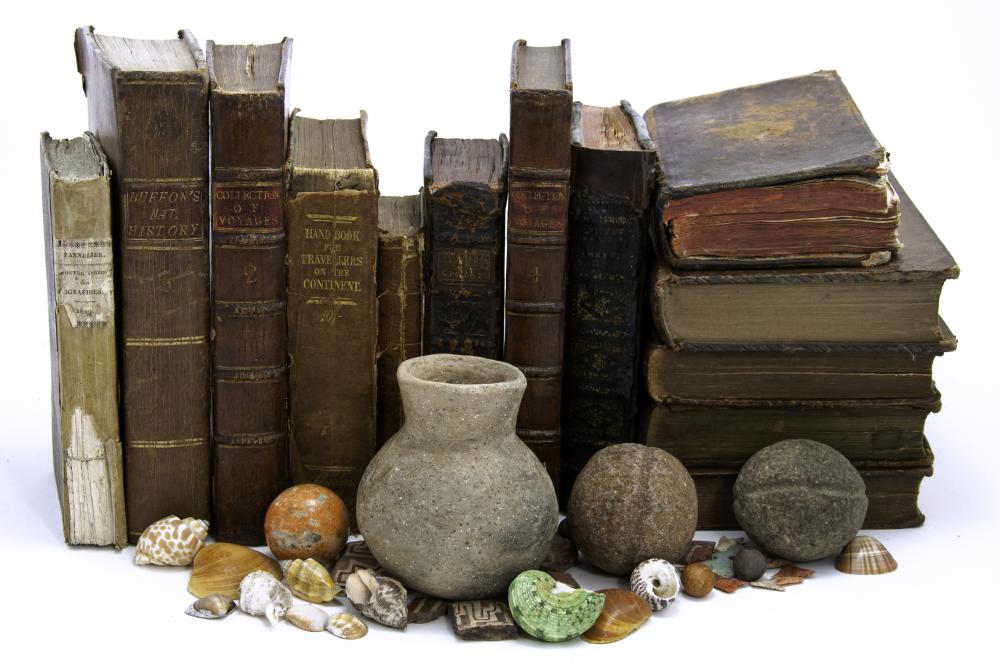At SmartCapitalMind, we're committed to delivering accurate, trustworthy information. Our expert-authored content is rigorously fact-checked and sourced from credible authorities. Discover how we uphold the highest standards in providing you with reliable knowledge.
What is a Safe Deposit Locker?
A safe deposit locker, also called a safe or safety deposit box, is a vault used to store valuables. Safe deposit lockers are used by people who want to protect important documents, expensive items like heirloom jewelry, or emergency money reserves, among other things. Storage lockers are most commonly located in bank vaults, and are rented to banking customers. A safe deposit locker is usually protected by at least one lock, often more, and is generally made of indestructible material.
The term “safe deposit locker” is primarily used in Great Britain and current and former British Commonwealth countries, including Australia and India. Most North Americans would refer to the same concept as a “safe deposit box.” The term nearly always refers to a safe that exists as one unit among many, usually in the vault of a bank or other financial institution. Hotels occasionally will also maintain a bank of safe deposit lockers for guest use, particularly if room safes are not available. Sometimes personal lockboxes in homes and offices are referred to as safe deposit lockers, but most of the time, freestanding units are simply called safes.

In many neighborhood banks, safe deposit locker services are offered as a convenience to local customers, and sometimes act as an incentive to remain banking customers. One need usually be a bank customer before renting a safe deposit locker. Fees vary based on the size of the locker and the term of the lease, but the charges are usually minimal. Most customers who choose to rent lockers do so as a way of storing money and valuables away from the threat of theft, fire, or even just misplacement.

Safe deposit lockers in banks are particularly attractive because of their security features. Most of the time, bank-owned lockers are stored in highly protected vaults that are inaccessible to the public and that seal closed in any robbery. They are usually locked once with a key belonging to the bank, and again with a key belonging to the customer, ensuring that the boxes cannot be tampered with. Access to a safe deposit locker requires a series of identity challenges that vary by bank, but are designed to ensure that only the customer has access to the contents of his or her locker.

On the opposite end of the spectrum are the safe deposit lockers maintained by international banking corporations, particularly in Switzerland, who cater to only select clientele. Safe deposit lockers in these sorts of institutions are designed not for everyday items like wills and jewelry, but for highly valuable, often top-secret assets of international businesses, government agents, and persons of extraordinary wealth. These lockers are usually not available to anyone, and the security features are above and beyond what is found in a typical bank vault. Retinal scans, fingerprint and voice identification, and other coded access points are often part of the high-end safe deposit locker scene.
AS FEATURED ON:
AS FEATURED ON:













Discussion Comments
@pleonasm - Well, I assume that if the person stops paying for the locker it eventually gets opened and the item is either thrown out or sold or something. I know they have that show based around people buying the contents of abandoned storage boxes which aren't quite the same thing, but close enough for it to probably be the same deal if they are abandoned.
@MrsPramm - I'm sure the movies do exaggerate a little bit but probably not by that much. And if the item in question is something that needs special care, like a painting that needs climate control, for example, it could be worth the extra money to put it in the right place. You certainly couldn't bury it somewhere and expect it to survive.
What I've always wondered is what happens to these boxes if their owner dies without withdrawing the objects? There could be all kinds of treasures hidden away in safety deposit boxes that might never be found.
I wonder how much those movies with the ultra-high security safe deposit boxes are exaggerating about the lengths the company will go to in order to assure their clients' protection. I saw one a few years ago where the company provided transport to and from the facility, which was deep underground and required multiple high tech methods of access, including DNA. When the bad guys showed up there were even automatic weapons to defend the safe deposit lockers.
I mean, if you're going to pay for all of that, wouldn't it just be easier to keep whatever it is in a big safe in your own house? Or even just to put it somewhere random that no one could ever guess like buried in a random spot in a park or something?
Post your comments